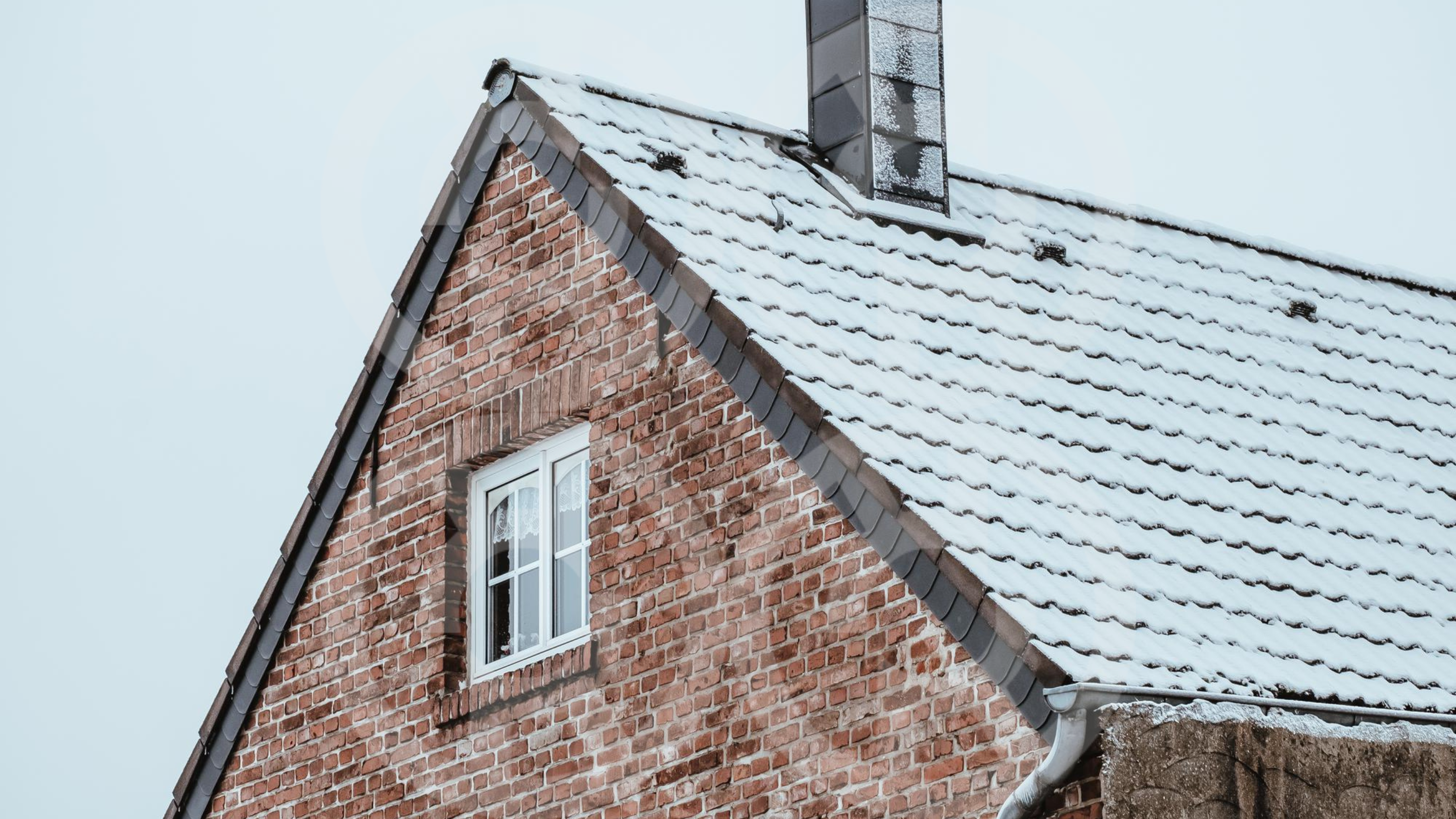Whether you are planning to build a new home, add an extension, or replace your roof, understanding how to calculate roof pitch is essential. The roof pitch not only impacts the aesthetic of your home but also determines the amount of roofing material needed and influences roofing costs, including roof truss prices. This guide from Ready Remodel will walk you through everything you need to know about determining your roof’s slope accurately and efficiently.
What Is Roof Pitch?
Roof pitch measures the vertical rise of your roof for every 12 inches of horizontal run. Essentially, it describes how steep your roof is. The greater the vertical rise, the steeper the pitch of the roof. Recognizing the pitch is vital for selecting appropriate roofing materials and for planning roofing construction.
To better understand, consider these common roof pitch categories:
| Pitch Type | Pitch Ratio (Rise:Run) | Pitch Percentage | Common Usage |
|---|---|---|---|
| Low | 3:12 – 4:12 | 25% – 33% | Modern homes, commercial buildings |
| Medium | 5:12 – 7:12 | 42% – 58% | Typical residential homes |
| Steep | 8:12 – 12:12 | 67% – 100% | Historic or Tudor-style homes |
How to Calculate Roof Pitch
At its core, roof pitch is calculated by comparing the vertical rise to the horizontal run, commonly expressed over a 12-inch horizontal span. The basic formula you can use is:
Roof pitch = Vertical Rise (inches) / 12 inches
For example, a roof that rises 5 inches vertically over 12 inches horizontally has a 5:12 pitch.
You can also express the pitch as a percentage or even in degrees for more technical clarity:
- Pitch Percentage = (Rise / 12) x 100. For the 5:12 pitch, this equals 42%.
- Pitch in Degrees = arctangent (Rise / Run). For example, a 5:12 pitch translates to approximately 22.6 degrees.
Measuring Roof Pitch: The Three Main Methods
Measuring your roof’s pitch accurately is crucial before starting any roofing project. You can measure it from the roof, from inside the attic, or from the ground. Here’s how to approach each method safely and effectively.
1. Calculating Roof Pitch from the Roof
Measuring from the rooftop itself gives you the most direct reading, but it requires safety precautions. You will need a stable ladder and fall protection gear before climbing up. Once there, take a 12-inch level and a tape measure.
Lay the level flat against the roof surface. Measure the vertical distance from the roof surface to the 12-inch point on the level. That vertical measurement is your rise. For example, if the vertical rise is 5 inches, the pitch is 5:12.
2. Calculating Roof Pitch from the Attic
Measuring from the attic is often safer and doesn’t require climbing on the roof. Using a level, place it on top of a ceiling joist inside the attic and ensure it is perfectly horizontal.
Then, measure the vertical distance from the 12-inch mark on the level up to the underside of the roof decking. This measurement is your roof’s rise. For instance, measuring 4 inches indicates a 4:12 pitch.
3. Calculating Roof Pitch from the Ground
You can estimate roof pitch from the ground with a pitch gauge or using smartphone applications designed for this purpose. Align the gauge or app with the roof slope and it will show the pitch in a ratio or degrees. This method is handy for quick estimates without specialized equipment.
Common Roof Pitch Ratios and What They Mean
Understanding typical pitch ratios will help interpret your measurements. Here are some common roof pitch ratios and where they are generally applied:
| Pitch Ratio | Description | Typical Usage |
|---|---|---|
| 3:12 to 4:12 | Low slope – gentle incline | Commercial buildings, modern designs |
| 5:12 to 7:12 | Moderate slope – standard residential | Most homes in suburban areas |
| 8:12 to 12:12 | Steep slope – dramatic incline | Historic homes, high-visibility roofs |
Step-by-Step Guide: How to Calculate Your Roof Pitch and Height
The following instructions will help you figure out both the pitch and the height of your roof reliably:
- Identify a safe location to measure your roof pitch, choosing either the roof, attic, or ground method.
- If measuring on the roof or attic, use a 12-inch level and a tape measure.
- Place the level horizontally and mark or note the 12-inch point.
- Measure the vertical rise at the 12-inch mark to find the roof pitch ratio.
- Use the formula: Pitch = Rise / 12 to express the pitch as a ratio.
- To calculate roof height (ridge height), multiply the run (half the width of the building) by the pitch (rise/run).
Understanding Roof Pitch Multiplier
Roof pitch multipliers come into play when calculating roofing surface area, critical for ordering materials accurately. The pitch multiplier adjusts the building’s footprint to account for the slope of the roof.
Pitch multiplier formula:
Multiplier = √(Rise² + Run²) / Run
Where rise and run are in the same units. For example, a 6:12 pitch has a multiplier of approximately 1.118. Multiply the building’s horizontal square footage by this factor to find the actual roofing area.
The Golden Ratio and Roof Pitch
The golden ratio, approximately 1:1.62, is an aesthetic principle architects sometimes use to determine roof pitch. This ratio produces visually balanced, appealing roof lines that complement the structure’s design.
Roofs designed around this ratio tend to be neither too flat nor overly steep, providing both function and style. While not a mandatory standard, it can guide decisions for those interested in architectural harmony.
Who Should Measure Your Roof Pitch?
While measuring roof pitch can be a feasible DIY task, certain situations call for a professional touch, especially for complex roofs with multiple slopes or high pitches where safety is a concern.
Hiring a roofing professional near you ensures accurate measurements with specialized tools and expert advice on the best roofing materials and installation practices. Ready Remodel can help connect you with trusted roofing contractors in your area.
Summary: Key Points on Calculating Roof Pitch
- Roof pitch is the ratio of vertical rise over a 12-inch horizontal run.
- Pitch can be expressed as a ratio, percentage, or degrees.
- Measurement methods include the roof, attic, and ground approaches.
- Pitch multipliers help calculate correct roofing material quantities.
- The golden ratio offers a design guideline for balanced roof aesthetics.
- Professional measurement is recommended for complex or steep roofs.
FAQs: Everything You Need to Know About Roof Pitch
What is the standard pitch for a roof?
How do you calculate roof pitch height?
What tools do I need to measure roof pitch?
Why is roof pitch important?
Can I calculate roof pitch myself?
Ready to Start Your Roofing Project?
Accurately calculating your roof pitch is the first step toward a successful roofing project. Whether you prefer a DIY approach or want to hire a pro, understanding the basics empowers you to make informed decisions on materials and costs.
Ready Remodel is here to help you find expert contractors and get free quotes to bring your roofing project to life with confidence.
Get started today by connecting with professionals in your area through Ready Remodel!




